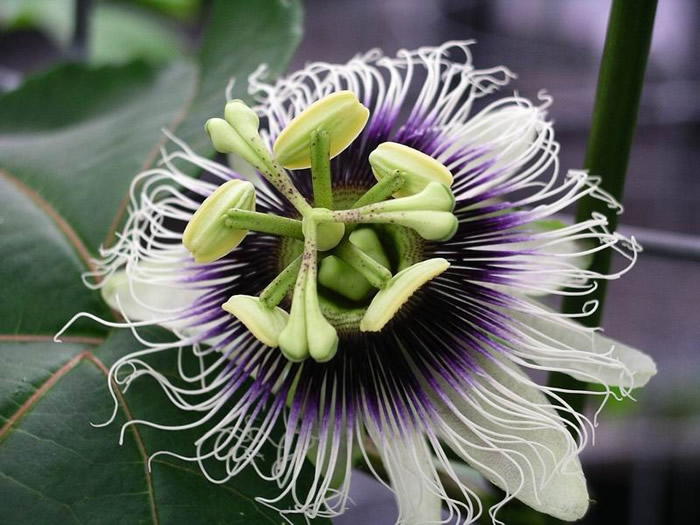I recently borrowed some seeds from a fellow gardening freind, Andy. Among them were purple beans, peas, corn and butterlead lettuce. All have sprouted nicely in my seed raiser but I was stuck with how I was going to grow the climbing beans and peas. I had an option to ask the neighbours if I can run them up the shared fence but I was concerned that all the beans would grow on their sun filled side of the fence. So I decided to build a trellis.
From the ancient Indo-European word "trejes" the word trellis is related to the english word "three", "trio", & "tripod" as well as non-english words for three such as tri, drie etc. Trellis actually means something made of "three threads" though these days trellis' come in all sort of shapes and sizes.
And to keep the three theme I decided to plant my new seeds in the "three sisters" approach. This is a native american style of growing the three staples, beans, maize and squash (though i'm using rockmelon). These three plants form a symbiotic relationship in that the maize provides something for the beans to grow up removing the need for poles. The beans lock the nitrogen in the soil helping all plants. Finally the squash provide a ground cover or natural living mulch to keep the weeds away.
Below are the various styles I found while looking for solutions (my graphic design skills were severly tested!)
Firstly, the traditional 3 pole teepee style (left). This consists of three bamboo poles lashed together at the top and thread (twine, wire etc) run betwen the legs. The lashing on the top doesn't have to be fancy, it just needs to be solid. A downside to this style is that if you have very bushy plant growing you will struggle to get at the beans on the interior.

Next is the 4 pole teepee style (right). Similar to the 3 pole variation but you can leave one side free of threads allowing you (or the kids / pets) access to the interior to play, pick the interior beans, get out of the sun etc.

The next variation is a little trickier but scales well for large plants or gardens. It's known as the A Frame. If the poles are tall enough it's conceivable you could get inside but but the main benefit is that you need more space you just build another A and run beam across the top.

Finally the simplest solution and the one I used is the straight up and down. 3 or more poles hammered into the ground and string run between the legs. This isn't very stable so the legs need to be hammered in deep. I'll see how this goes and
report back.
With all the styles plant the seedings around the base of the poles. You might need to loosely tie them to train them towards the string but after that they should find their own way.
Have you built your own trellis? What style? If you have any tips please send them through. Love to hear what worked and what didn't.
 This is too good not to share so I've returned from the long winter to blog gardening again.
This is too good not to share so I've returned from the long winter to blog gardening again.














